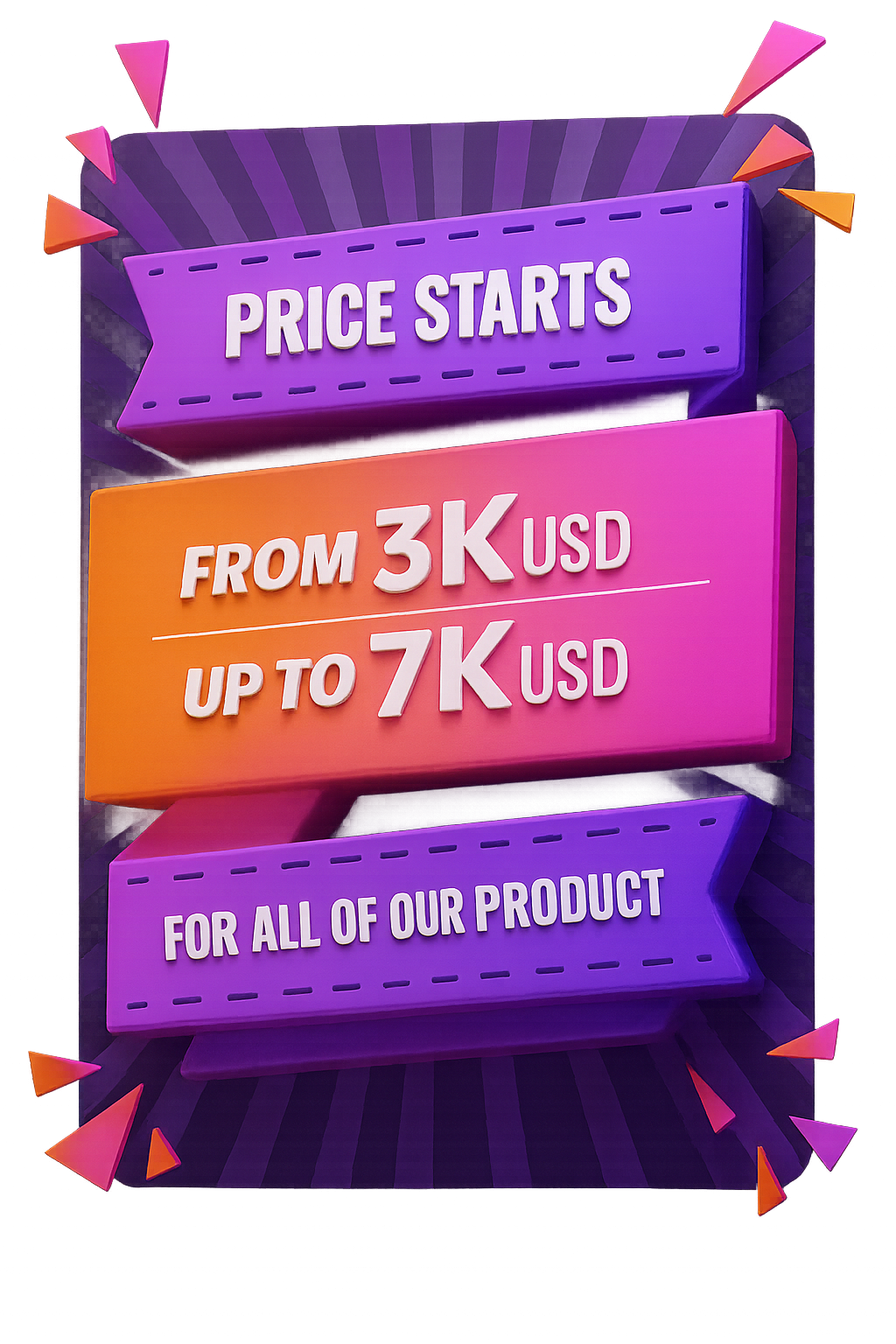
Starting an order book-based exchange like Binance involves multiple key components. Wwe aim to break this process down into words, focusing on the essential elements needed for building a robust and scalable trading platform.
1. Order Book System
An order book is the backbone of an exchange such as Binance. In the order book, buying orders and selling orders are matched according to price and time priority. For any order book exchange to run smoothly, the following components are needed:
Order Matching Engine
A software component that matches buy and sell orders in real time. It must be extremely fast, reliable, and able to handle high-frequency trading. Matching engines are responsible for processing orders and updating the state of the order book at any given instant.
Data Storage
A secure Linux-based repository system to store all orders, transactions, and user data. The storage system must allow quick read and write access for concurrent users with thousands of transactions.
2. UI/UX
To lure traders, a seamless and easily usable interface is indispensable and must incorporate:
Trading Dashboard
The users need to see real-time prices, order books, trade history, and all relevant data.
Order Entry Interface
An interface that gives traders the option with minimal effort to enter amounts and prices and to place either market orders or limit orders.
Account Management
The user needs to manage their accounts and check balances, open orders, transaction history, and security settings.
3. Security & Encryption
Another aspect is security, which is non-negotiable for any crypto exchange. You should guarantee your platform implements the following:
TwoFactor Authentication (2FA)
This is an extra layer of security for users to protect their accounts.
End-to-End Encryption
No breaches can occur if all data shared between the user and the server are encrypted.
Cold and hot wallets
Most of the funds should be kept in cold storage, offline, and only a small amount in hot wallets for liquidity needs. This minimizes the risk of hacks.
4. Liquidity Providers & Market Making
Liquidity is one of the factors that makes any exchange work and competitive. You will have:
Liquidity Providers
These are entities or individuals underlying large amounts of assets to be bought and sold. The more liquidity you provide, the easier it is for the users to buy or sell at market prices.
Market Making
The system has to support liquidity through market makers that continuously buy and sell to stabilize prices, guaranteeing there is always one to match against a trader's order.
5. Trading Pairs & Asset Support
Binance Clone provides for multiple trading pairs whereby users can trade various cryptocurrencies against each other . To start, you will need:
Integration of Crypto assets
Quite a number of cryptocurrencies are supported, which means onboarding wallets and blockchain networks for deposits and withdrawals.
Pairing algorithm
To create and maintain trading pairs; it must check whether there is adequate liquidity to enable efficient formation of these pairs.
6. Order Types
Supporting multiple order types gives users flexibility in how they place trades. Common order types include:
Market Orders
Buying or selling assets at the current best available price.
Limit Orders
Buying or selling assets at a specific price or better.
Stop-Loss/Take-Profit Orders
Automatically selling assets once a particular price is reached.
7. Backend Infrastructure & Scalability
Exchanges must have strong backend infrastructure to scale and handle the increasing crowd.
High-Performance Servers
Since trading happens in real-time, your infrastructure should be able to handle large numbers of transactions per second without downtime.
Scalable Architecture
The backend should be designed to scale, especially in terms of user traffic and trading volume, with the ability to add more servers or resources as needed.
8. Payment Gateway Integration
Your exchange will need to integrate payment gateways for users to deposit and withdraw fiat currencies. This includes:
Banking Partners or Payment Processors
To facilitate fiat-to-crypto and crypto-to-fiat transactions, like USDT or fiat currencies such as USD or EUR.
Withdrawal/deposit mechanisms
A system for the secure withdrawal and deposit of funds by users.
9. Trading Engine Performance
Speed and reliability must be guaranteed in the trading engine. It should be able to handle:
High Throughput
Need to process orders fast and efficiently.
Low Latency
The speed of execution during trades should suffer little hindrance or delay, especially when the market is at its most volatile.
10. Regulatory Compliance
Depending on your jurisdiction, you will need to comply with local and international regulations:
Licensing
Its licensed under the legal framework by which the exchange requires needed licenses (e.g., Financial Conduct Authority).
AML & KYC
To make sure the platform is compliant with all forms of anti-money laundering and know-your-customer regulations.
11. Customer Care System
Good customer service is essential:
Live Chat & Ticketing System
Here, users can receive assistance if they have issues or questions.
Knowledge Base and FAQ
This would be a very helpful source for users to solve problems or understand how the platform works.
To sum up
Constructing an order book-based exchange like Binance implies creating a secure, effective platform with robust trading engine, user-friendly UI, and scalability. As Nexcenz, we can help bring this vision to life by providing the technical expertise needed to build an exchange that is secure, reliable, and feature-rich while still meeting user demands and regulatory standards.

